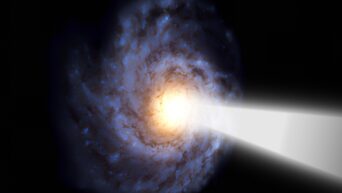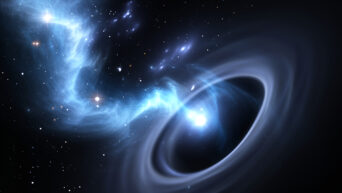It was in 2016 when scientists first came across some hints suggesting a Planet Nine in our Solar System, which up until recently, had eight planets. Now, almost 3 years later, more evidence supporting this supposed planet has surfaced, and scientists are not yet sure what to do about it.
Mike Brown, Professor of Planetary Astronomy at the California Institute of Technology says, “Though this analysis does not say anything directly about whether Planet Nine is there, it does indicate that the hypothesis rests upon a solid foundation.”
The entire hypothesis is founded on some evidence which suggests that clusters of objects located in the Kuiper Belt are influenced by gravitational tugs from a planet, which remains unseen for now. The Kuiper belt, meanwhile, can be found just beyond Neptune, amidst a field of icy cold bodies.
Brown and his partner, Konstantin Batygin, immediately began their assessment of this hypothesis. The two developed a method to put the amount of bias in each one-on-one observation into numbers while calculating the possibility of just clustering. Based on their research though, the two soon learned that the probability is one in 500.
Batygin, an assistant professor of planetary science and Van Nuys Page Scholar, explains, “At five Earth masses, Planet Nine is likely to be very reminiscent of a typical extrasolar super-Earth. Super-Earths are planets with a mass greater than Earth’s, but substantially less than that of a gas giant. It is the solar system’s missing link of planet formation. Over the last decade, surveys of extrasolar planets have revealed that similar-sized planets are very common around other sun-like stars. Planet Nine is going to be the closest thing we will find to a window into the properties of a typical planet of our galaxy.”
































